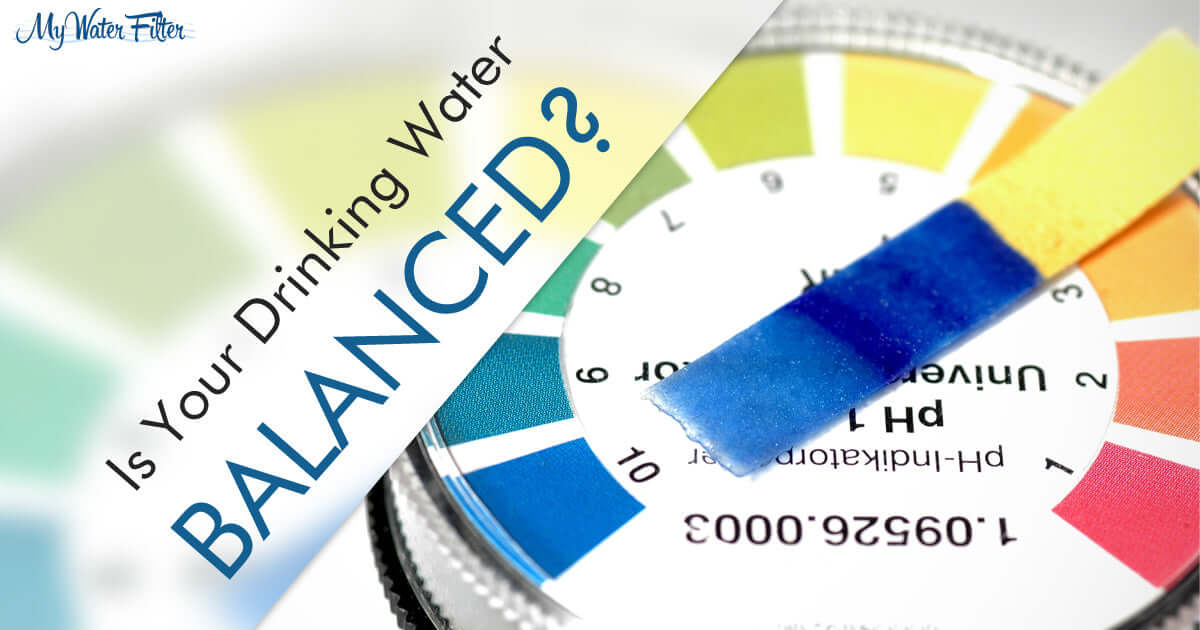So why does this matter to you?
Importance of Keeping the Body's pH Normal
Balance in your body's pH is necessary for proper digestion, absorption of nutrients, movement, cellular rejuvenation, enzyme activity, and immunity. While some of your organs need to be acidic to carry out their function it is important, your blood pH stays around 7.4. That is slightly alkaline, and it should stay that way for even tiny changes could create many health problems. A drop in blood pH to 7.2 already indicates acidosis. Anything lower than that can be life-threatening. The human blood has ion buffers that prevent drastic changes in pH, keeping it within 7.35-7.45, but it is possible to tip the balance and make your body fluids acidic through a bad diet and lifestyle. Beyond this normal range, hormone function, enzyme activity, cardiovascular health, and immunity start to break down. Lower body pH makes you susceptible to fungal infections and, worse, tumors.
Trivia: Did you know severe dehydration causes metabolic acidosis?
What's Healthy Drinking Water pH
The World Health Organization recommends drinking water pH of 6.5-8. Ask anyone else and the figures vary. It basically depends on who you ask. But if you take your blood pH into consideration, then your drinking water should have a pH of 7-8. Slightly alkaline water is good because it keeps your body from becoming too acidic. You can raise water pH to make it alkaline by adding controlled amounts of calcium, sodium, magnesium, and potassium. This is done through ionization or re-mineralisation. This should only be done to pre-treated or pure water. However, too much alkaline increases water hardness and is harmful as well. It makes water taste bitter and indicates the presence of too much minerals like calcium and magnesium, which leave spots on glass and lime deposits inside containers.
Acidic Water
Acidic water has a pH below 6.5. The lower the pH, the more acidic the water is. The more acidic the water, the more corrosive it becomes. Remember that acid attacks metal pipes and acidic water will break down the inner surfaces of pipes, it takes with it metals copper, iron, and lead which then come out of your taps. Due to this break down any filtration done by the water system is useless. You can tell your water is acidic when it has a metallic taste or smell. In severe cases of contamination, water may turn brown or green. You should always report this problem to your water distributor. Water companies use soda ash to neutralize acidic water. They do this when water in catchments become acidic. It's a preventive measure to reduce the chances of corrosion in metal pipes.
Water companies use soda ash to neutralize acidic water. They do this when water in catchments become acidic. It's a preventive measure to reduce the chances of corrosion in metal pipes.
What Affects the pH of Your Water Supply?
- Natural disasters. Your tap water most likely has neutral pH, but a breakdown of a treatment facility, floods, earthquakes, and chemical spills can drastically impact the water filtration process. This problem affects water quality entirely, not just its pH and is very dangerous to your health
- Pollution. Mining activities can cause nearby water supplies to become very acidic. For example, wastewater from a coal mine can have a pH of 2. If this wastewater reaches nearby rivers or reservoirs, it contributes to creating an acidic freshwater environment. Treatment plants should monitor reservoirs and catchments for changes in water quality.
- Rocks beneath groundwater. The quality of groundwater depends on the rock layers under which it sits. Water passing through limestone is most likely alkaline. Water seeping through sandstone and volcanic rocks may be acidic.
- Decaying leaves. Did you know falling leaves in autumn make the soil, groundwater, and rivers acidic? Also, leaves of fir and pine trees acidify the ground.
- Carbon dioxide. If you leave pure water in the open air, it becomes slightly acidic as carbon dioxide in the air dissolves in it. Carbon dioxide bonds with water molecules to form carbonic acid, a weak acid. CO2 in the air also causes rain to be slightly acidic.
Improving Your Drinking Water pH
There are two ways to improve water pH, either to neutralize it or to purposely make it acidic or alkaline.- Water filtration. Water filtration removes vast amounts of minerals and sediments in water, thus keeping its pH within the neutral range. Water companies, distributors, and utilities are quite successful in treating community water supply. Pure water has a pH of 7.0.
- Water ionization. Water ionizers change water pH by adding ions into the water. Ionization can either soften or harden water. For instance, alkaline water is produced via ionization or re-introduction of ions that raise water pH.
Warning: Extreme pH values are hazardous! Water pH below 2.5 and above 10 can cause immediate eye and skin irritation.

- http://water.usgs.gov/edu/ph.html
- http://www.epa.gov/acidrain/measure/ph.html
- http://www.freedrinkingwater.com/water-education/quality-water-ph-page2.htm
- http://www.who.int/water_sanitation_health/dwq/chemicals/en/ph.pdf
- http://www.phmiracleliving.com/Articles/4QualitiesofGoodWater.html
- https://altered-states.net/barry/update178/
- http://www.drdavidwilliams.com/proper-ph-balance/#axzz2wIYT1zJG









